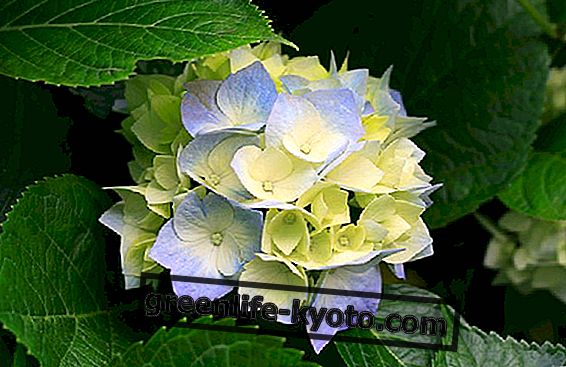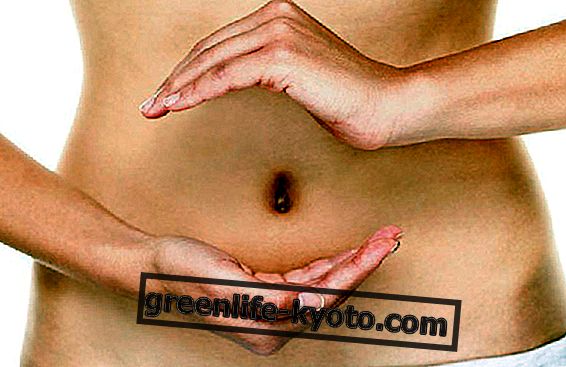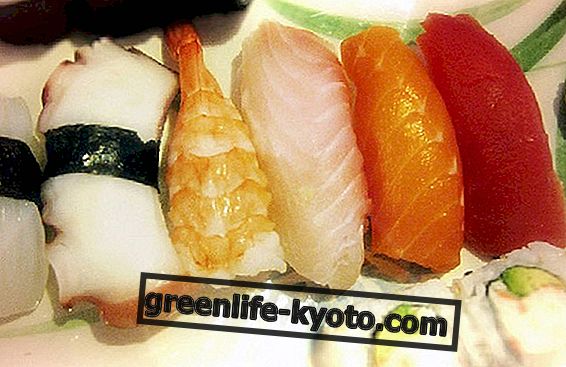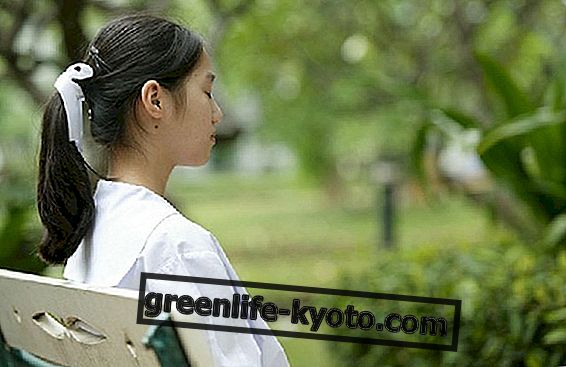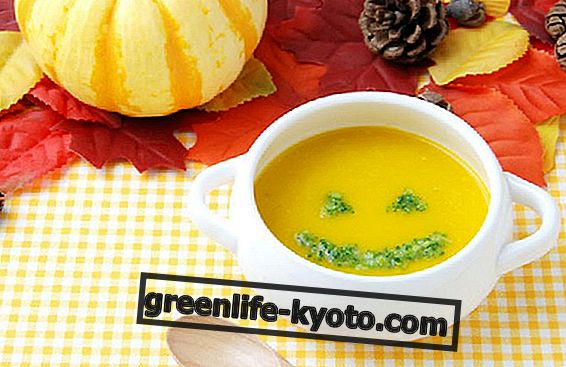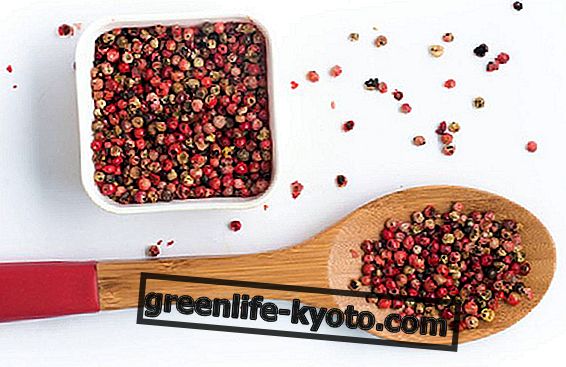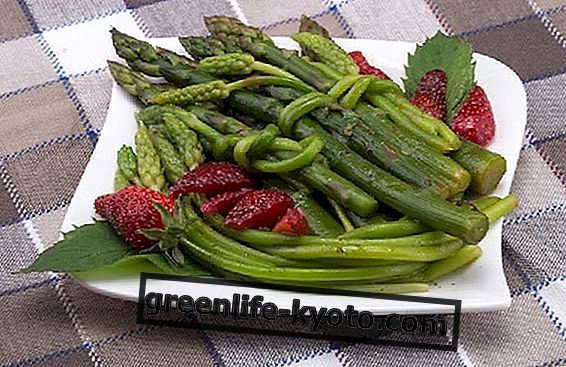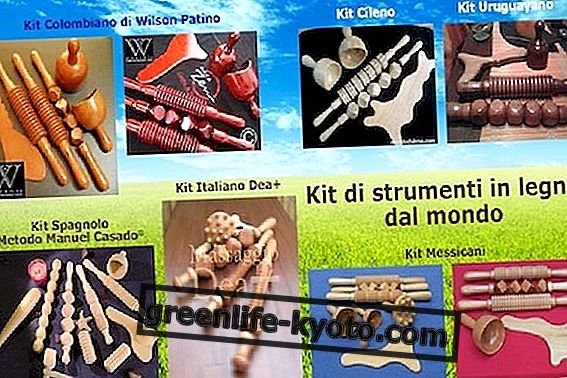
To speak of gemmotherapy without mentioning Johann Wolfgang von Goethe (1749-1832), the true inspiration of this natural therapy, seems to us to be at least a duty, given that the great German poet, philosopher and scientist owes the first attempt " to lead back to a general principle simple, the multiplicity of particular manifestations of the splendid garden of the world "inasmuch as" in living Nature nothing happens that is not related to the whole ". The scientific study of living nature is based on this unitary and dynamic vision developed by Goethe in his "Metamorphosis of plants", in which the researcher no longer dissects and decomposes organisms, but searches for the whole object. Gemmotherapy is founded on this principle.
In the buds of a tree, or a shrub, reside all the anabolic faculties and the specific genetic information of the species, contained in the embryonic cells, capable of developing all the potential of the plant . The differentiated adult cells lose this capacity when the growing part (leaf branch, bark, root, fruit) has completely formed. This means that in vitro, only one of these embryonic cells can reconstitute the plant in its entirety.
Pol Henry and the analogue biological model
Pol Henry (1918-1988), homeopathic physician from Brussels, developed a new method of treatment at the end of the 1950s, based on the assumption that the growing parts (meristematic tissues) of adult plants, such as buds, shoots, seeds, catkins, young roots and their bark, contain different active ingredients than those found in the same parts, when they are completely formed. In fact, in the comparison between gem and adult tissue, there are considerable qualitative and quantitative variations in active ingredients, as they are particularly rich in enzymes, vitamins, minerals, trace elements, growth factors, nucleic acids (RNA DNA), plant hormones, which disappear when chlorophyll is formed. Therefore, the extraction of the gemmoderivatives brings the genetic information of the plant (embryonic virtue of the meristem) as well as the active principles contained in the different parts (fruit, leaf, flower, stem, rind, root, seeds, sap), proper to the species .
Furthermore, as the embryonic cell carries all the genetic information, connecting the unit-part to the plant-whole, the tree, and the biochemical operations it performs on the ground and in the environment in which it lives, cannot be unrelated from other plant species that share the same ecosystem. So to associate the remedies to pathologies, in gemmotherapy Henry uses phytosociology: the study of botanical associations operated between plants that live in the same environment.
On this principle the Belgian doctor develops the analogical biological model, which is based on the parallelism existing between the evolution of forests, the modifications of the soil they cause, and the alterations of the biological soil of the human organism . In other words, studying the relationships between plants, he understood that if a plant or group of plants in an arboreal or shrub state was able to interact with other biological systems, in particular humans, their symbiosis or antagonism and their ability to modify the soil still found an analogy with the human biological system and its pathologies.
Through photosynthesis, plants capture the photons of sunlight and by means of chlorophyll and inorganic substances and water and carbon dioxide, they form glucose, and from this proteins, lipids and all that is needed for the animal and plant life. Plants are the only source of these substances for animal life. According to Henry " It can be said that plant autotrophy is the central process around which all current terrestrial life gravitates ", whereby by studying the shoots for therapeutic purposes, he sensed the parallelism between the evolution of forests and the evolution of protein material human. In fact it is thanks to the proteins that the maintenance of the species and the transmission of the hereditary factors are owed, and to their pathological variations correspond analogous vegetable and soil variations.
Max Tétau and the clinical model
Following Henry's research, Max Tetau (1927 -), the future president of the Medical Society of Biotherapy, founded clinical gemmotherapy together with a team of homeopaths and biotherapists. The clinical model consists in studying the effect of gemmoderivatives as a function of the pathology. Each gemmoderivato has precise clinical indications and has a tropism for certain organs, so once the diagnosis is made, the most suitable gemmoderivato is prescribed to fight it.
Antoine Nebel and the drainage model
The doctor Antoine Nebel develops the method of drainage, which aims to fix the phenomenon of detoxification. According to this method, gemmotherapeutic remedies must preserve patients from toxins or metabolic residues, thus facilitating the action of the homeopathic drug taken at a later time. The draining remedy allows to channel the metabolic waste (toxins, slag from catabolism, etc.) of the organism in a centrifugal way and to favor their expulsion outside by acting on the excretory organs (liver, kidneys, intestine, lungs, skin, lymph and blood). In this way the organism has opened the ways out which allow the toxins to be eliminated from the inside towards the outside of the body.
The drains are of different types: homeopathic, phytotherapic, gemmotherapeutic. Phytotherapeutic drains (tinctures, extracts, powders, herbal teas, etc.) act in a targeted manner on individual organs, that is, on specific biological spaces, so success is often only temporary and partial. Gemmotherapy, on the other hand, intervenes on the drainage of the entire organism and also on the disorders and enzymatic perturbations of the Histiocytic reticulation system, which is why this extraordinary natural therapy acts more deeply, but without any contraindication.
